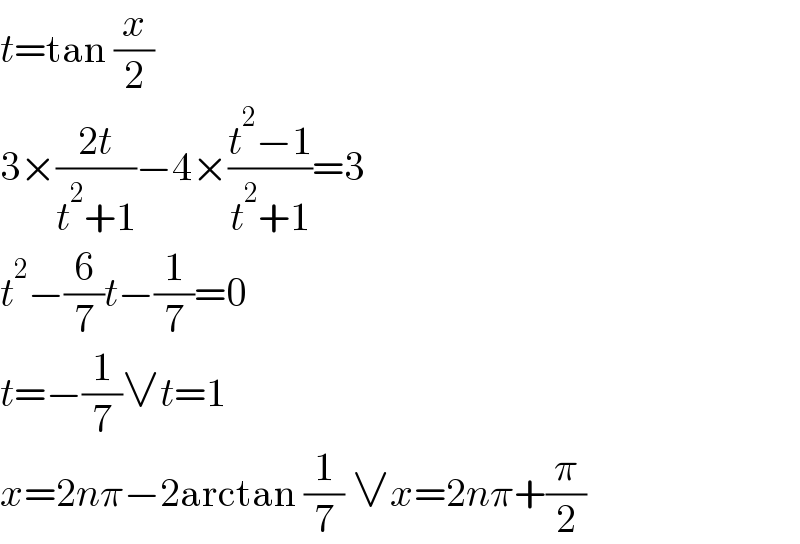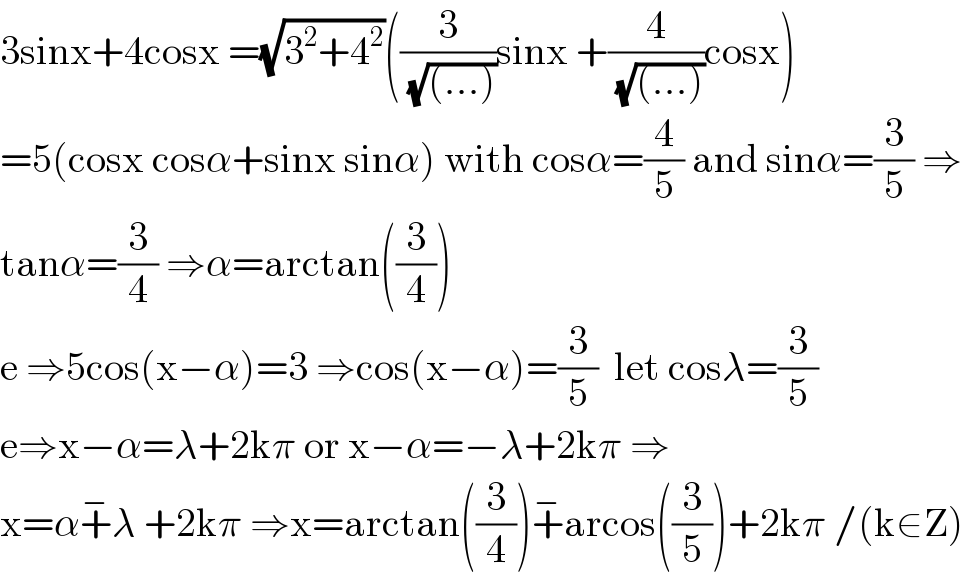
Question and Answers Forum
Question Number 144237 by mathdanisur last updated on 23/Jun/21

Answered by MJS_new last updated on 23/Jun/21

Commented by mathdanisur last updated on 23/Jun/21

Answered by mathmax by abdo last updated on 23/Jun/21

Commented by mathdanisur last updated on 23/Jun/21

